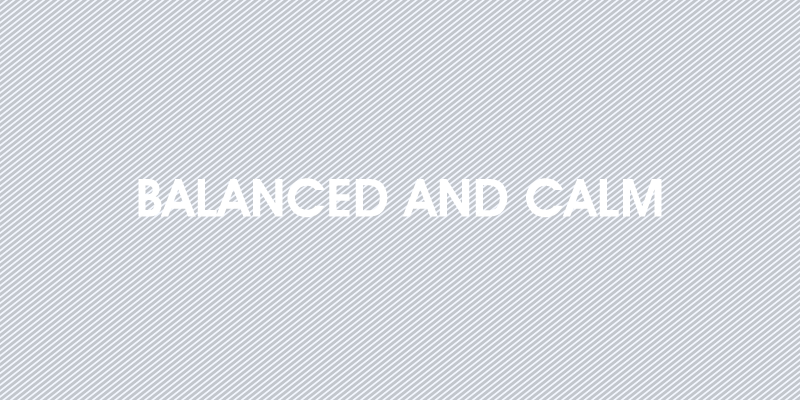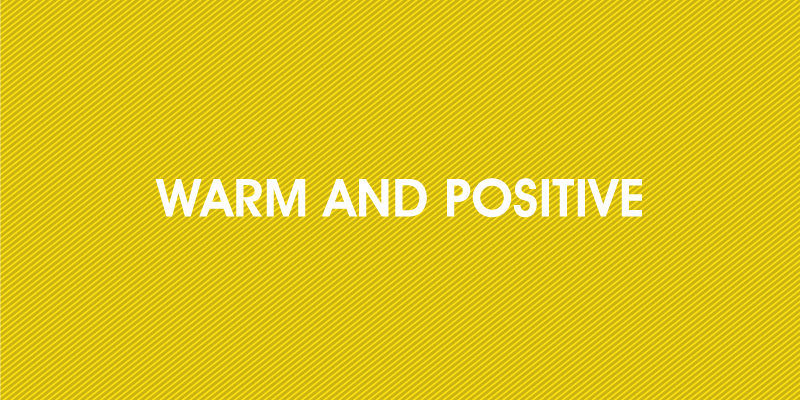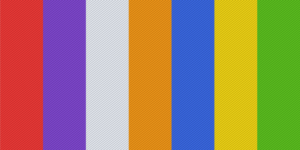Color psychology is an interesting area of research. It looks at the properties of colors and the emotional associations we create with them. It studies how these associations influence behavior and decision-making. In terms of marketing and branding, color psychology is a critical determinant of how people would perceive a brand and make purchase decisions.
If you are a startup, understanding the nuances of color will help you choose the most appropriate color to fit your brand personality.
Impact of Color in Branding
Colors are a strong pull for the consumers. Color psychology in logo making teaches us that it’s the first thing we notice and the first thing we use to make perceptions about a brand. Is the brand cool enough? Hip enough? Interesting enough? Do we want to buy from it? Do we want to associate with it?
With color being such a strong determinant of decision-making and consumer behavior, is it any surprise that marketers drive themselves insane choosing the right color for their brands and campaigns?
And what is the right color for a brand? If you are launching a startup, which color would you (or should you) choose to convey your brand’s personality and message to the audience?
Pick One Color
You have three goals when picking a color for your brand:
- It must resonate with your audience
- Sets you apart from the competition
- Fits your brand personality
On a sheet of paper, write down all the colors in a color wheel, then start the elimination process. Right off the bat, exclude the colors that you don’t like. You shouldn’t feel anything negative when you look at your brand, right?
Next, consider your target audience. Colors that attract children would be vastly different from those that attract wealthy middle-aged men. So while a bright yellow, red, or pink would be great for a toy brand, the same may not look completely appropriate on a male-centric country club branding.
Then, research your competition. Avoid using color combinations that are too similar to a competing brand. Also, stay away from colors that are too dominant in your industry. Instead, pick their variations and establish your unique identity.
Lastly, the color you select must fit your brand naturally. The feeling that you want to evoke in your audience when they see your brand logo should manifest in your color choice.
Now, Pick a Variant
Now that you have finalized a color, it’s time to choose its correct variant. It can be a shade (black added to the color) or a tint (white added to it). Darker shades appear bolder, more serious, and sophisticated. Lighter and brighter colors are more inviting and cheerful.
This variant will act as your primary color. You can choose another couple of colors (or shades or tints) to create a brand color palette. These secondary colors can act as accent colors to elevate your brand message even further.
Brand Personality vs. the Color
To choose the most fitting color for your brand, these are the most common personality types to browse through. Look at these and figure out what is the vibe that you are aiming for, then choose a color that people find most appropriate with it.
1. Red

All cultural, personal, and subjective context aside, red is universally associated with intense emotion. In branding and marketing, red is often used to communicate heightened passion. Bold, exciting, and unafraid of attention, red is all about unapologetic and sensational presence.
2. Purple

In almost all of its shades and tints, purple is a color of intuition and mystery. If your startup has anything to do with ‘creating’ things or imagination, purple is a great color to get behind. It is also a color of richness, of spiritual paths that inspire and reflect. It is a great color for humanity-focused brands, religious organizations, and creative outlets.
3. Grey

Sometimes the most impactful statement a business can make is to make none. That’s what grey stands for. It’s a neutral color that provides the perfect stage for the brand to shine on its own without the color lecturing the audience about how they should feel. Grey is also associated with technical precision, clarity, and objectivity of thought.
4. Orange

For a startup that’s all about inviting people in, orange is a great color to start things with. It’s cheerful, friendly, and makes you think of bright and sunny mornings. Since it uses the properties of both yellow and red, it is also a color of confidence and positivity. If you don’t like the commanding (and sometimes dominating) aura of red or the brightness of yellow, orange gives you the middle-ground you are looking for.
5. Blue

It is a color that everyone likes, irrespective of gender, culture, or personal preference. You can have a favorite color that’s not blue, but it would still make an appearance in your top ten favorite colors list. Blue represents trust, strength, and stability. It’s a color of technology brands, entertainment businesses, food manufacturers, and everything else. Truly a versatile choice, blue is the safest bet for any startup without becoming stale or boring.
6. Yellow

Much like yellow, this isn’t a color for conservative statements. It’s a confident color with bright hues that’s warm, positive, and makes its presence noticed. Less dominating than red, but hard to miss, it’s a warm color that is suitable for startups that deal in travel, leisure, sports, and transportation.
7. Green

A favorite of nature-oriented brands, green is all about growth. It is also a color of money – another thing people want to grow. So if you are launching a wealth-based startup, mint green is a nice call. As green also signifies dependability, peace, and generosity, it’s an ideal choice for a non-profit brand, an environment brand, or even the banking sector.
Conclusion
Color psychology is a field of research that is still growing and has a long way to go before we can call it a precise science. Till then, instead of pinning all your hopes to any one color, try to predict your consumers’ reactions to the appropriateness of the color with the product you are selling. If you can align these two things together, you are golden.
Guest Contributor Bio
Nina Hoffman is a freelance graphic designer. She is a contributor to multiple design platforms and communities including 99Designs, Graphic Springs, and more. She has more than 5 years of insights experience working with leading graphic design agencies and global businesses. She lives in Allentown with her family.




